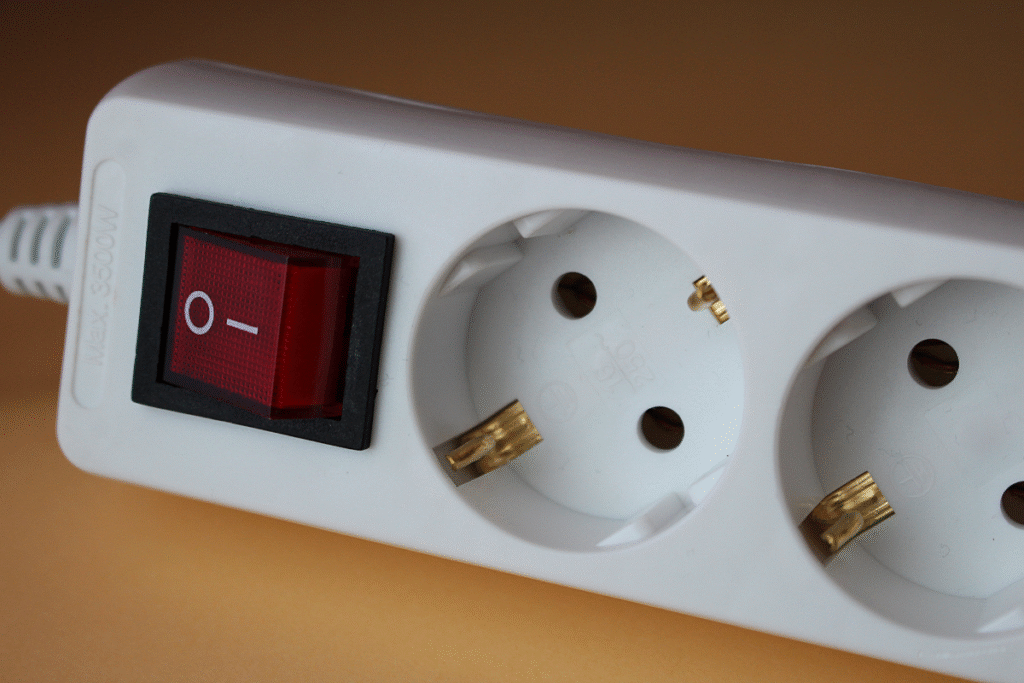Today, in this connected society, the comprehension of different types of electrical sockets and where to use them transcends a technicality—it’s an actual necessity. Whether building a new home, remodeling a kitchen, or even planning a trip abroad, the proper socket type guarantees safety, compatibility, and efficiency. Understanding the different types of electric sockets ensures that you employ the correct kind in the appropriate places, both safely and wisely.
Understanding the Types of Electrical Sockets
The types of electrical sockets vary from country to country do the voltages and pin configurations. That’s more than a convenience; it directly affects how safely and effectively an appliance can run. It helps to choose the correct socket to avoid accidents, electrical failures, and replaced but unnecessary appliances. Each area can demand different socket types based on voltage specifications, equipment design, and user environment.
Common Types of Electrical Sockets and Where They are Used
There are many types of electrical sockets designs worldwide, but only a handful will generally survive within residential and commercial realms. Here are the most frequently used types and some of their specifics:
- Type A (North America): Two flat parallel pins; typically used for small appliances.
- Type C (Europe): Two round pins; very common in European countries.
- Type G (UK): Three rectangular pins; includes built-in fuse for added safety.
- Type F (Germany and others): Similar to Type C but with grounding clips on the sides.
- Type I (Australia, China): Two angled flat pins in a V-shape; sometimes a grounding pin is added.
Each types of electrical sockets is respective to the voltages and currents it was designed for, ensuring both efficiency and safety.
Regional Breakdown: Which Sockets Are Used Where?
The types of electrical sockets are determined mainly by the national standards. Below is the global distribution of these socket types:
- North America: Types A and B (with grounding)
- Europe: C, E, and F types dominate across most EU countries.
- UK and Ireland: Exclusively Type G
- Australia and New Zealand: Type I sockets for all applications
- India: mixed between Types D and M, especially for high-power appliances
Traveling with or installing equipment from another country means knowing the regional differences to avoid malfunction or fire risks.
Types of Electrical Sockets and Switches Found in Households
Modern households will have many combinations of sockets and switches varied by machinery requirements and location. Some of them are:
- Single Sockets: Used for low-power units such as lamps
- Double Sockets: Mostly used within living rooms and bedrooms
- Shaver Sockets: Mostly found in bathrooms
- Switched Sockets: Can save energy and allow better control
- USB Sockets: Have built-in ports that charge the devices and thus are more convenient.
Switches may be rocker type, touch-sensitive, dimmer-enabled, or smart-enabled, based on the sophistication of electrical wiring within the home.
Choosing Appropriate Types of Socket in Electrical for Different Appliances
It is vital to use the appropriate power plug types to keep devices safe and turn them on smoothly. This is how you judge the application. Here is the rule:
- For high-powered appliances: Use plugs with grounding and fused sockets (e.g., Type G in the UK).
- For travel use: Purchase a universal adapter with surge protection and several plug configurations.
- For electronics: Match up the plug type with the voltage and amperage requirements on the device label.
Do not use unapproved adapters or let incompatible plugs lodge into sockets—it can damage your appliance or, worse, start a fire.
Best Practices for Installing Electrical Sockets:
Proper installation enhances both safety and convenience. Keep this in mind as the main key rule: The placement of sockets should be in consideration of how furniture is arranged as well as what appliances require a socket.
- Waterproof sockets should be placed in bathrooms or outside areas.
- Always have ground protection on areas of high load, such as kitchens.
- Install sockets and points at appropriate heights, especially in works and family-sized homes.
- Hire a certified electrician to ensure code compliance and reliable performance.
Cheap or incorrect socket placement usually subjects a person to costly corrections in the long run.
Conclusion
Knowledge of the different types of electrical sockets and where to use them is crucial, whether building a smart home or merely replacing an outdated fitting. After all, there are many types of plugs to consider, along with regional standards and safety features, before making that informed choice that saves time, money, and hassle. The recommendations should always tie back to the user’s unique electrical requirements, appliance types, and site conditions.
Renovating your property or touring abroad, Travis Perkins offers a huge variety of socket types and add-ons, making sure that each viable electrical connection is secure and effective.
FAQs
- What are the distinctive types of electrical sockets?
There are approximately 15 electrical socket types internationally, with Type A to Type N being the more well-known types. - What are types C and F plugs?
Type C plugs have two round pins and are common in Europe. Type F is also called “Schuko,” in need of mentioning. The difference is the inclusion of grounding clips to increase safety.

